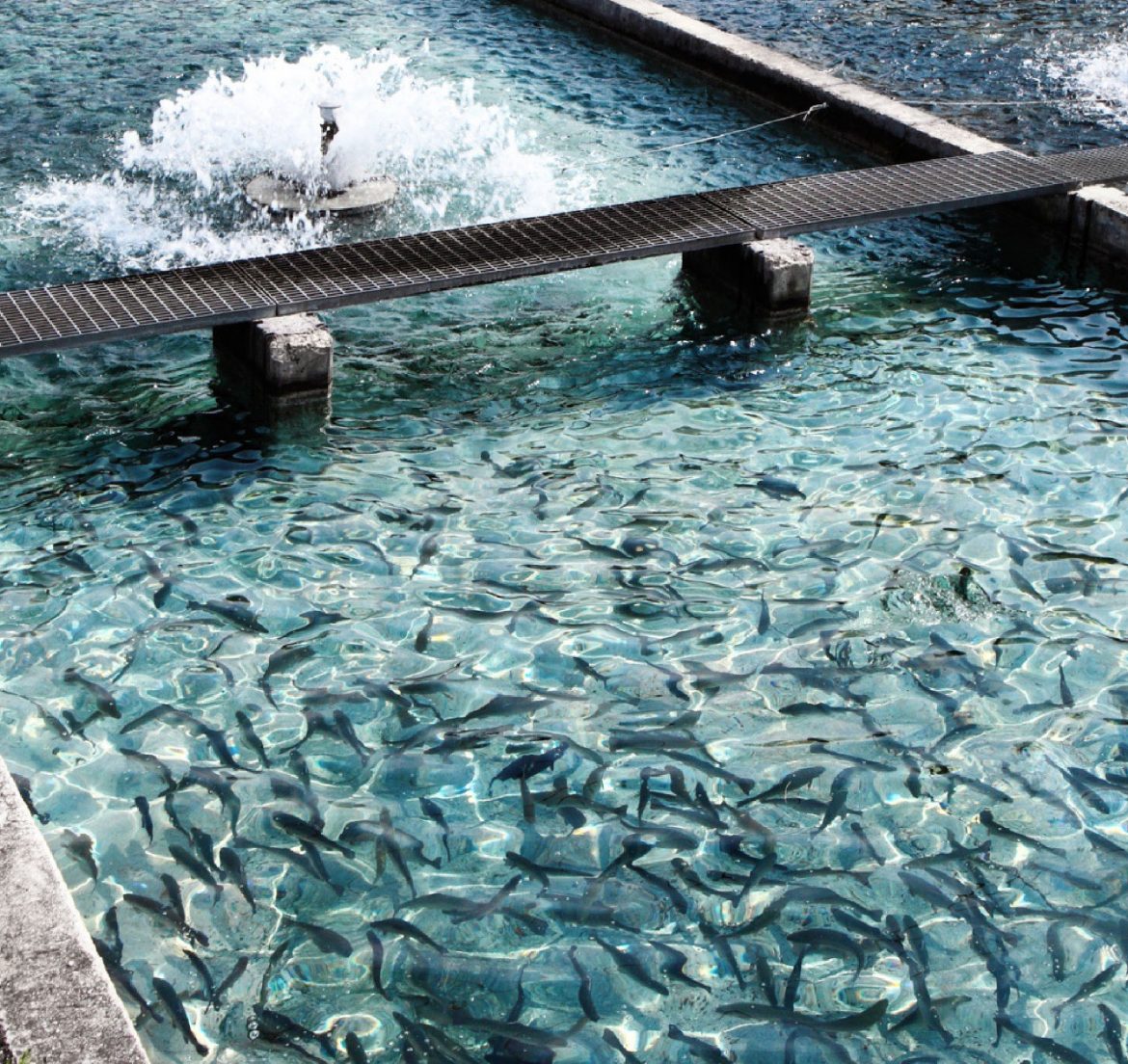In an unlikely endeavor, the United Arab Emirates (UAE) is venturing into salmon farming, challenging the conventional wisdom that these cold-water fish thrive only in chilly climates. The UAE’s interest in salmon farming is driven by its commitment to bolster food security while reducing water consumption, despite the country’s extreme heat and water scarcity.
The UAE’s Food Security Strategy, launched in 2018, designated fish as one of its 18 strategic food items. With an annual per capita fish consumption of approximately 66 pounds, the UAE ranks highest in the Gulf Cooperation Council (GCC) and nearly 50 percent above the global average of 45 pounds per capita. Despite this, local fisheries in the Emirates are overfished, and locally caught fish contribute only eight percent to UAE consumption. Salmon, a cold-water species, is the second-most consumed fish in the country, all of which is imported from colder regions.
Traditionally, farmed salmon are reared in controlled freshwater tanks before being transferred to seawater as they grow, simulating the natural lifecycle of wild salmon. Due to their relatively sedentary nature and efficient food-to-flesh conversion, farmed salmon are a sought-after commodity. Emirati investors have recognized an opportunity in recirculating aquaculture systems (RAS), a method that utilizes ocean water, filters, and recycles it within a self-contained system.
Since the introduction of locally farmed salmon in UAE grocery stores in 2019, the government has invested significantly in RAS production. In 2021, Abu Dhabi’s largest investment firm allocated over $350 million to a fund dedicated to RAS production and facilitated the relocation of one of the world’s largest RAS salmon producers to Abu Dhabi, with the aim of expanding inland salmon production within the UAE.
However, challenges remain. While RAS reuses up to 99 percent of the water it uses, it is a resource-intensive process that demands expensive filtration systems, skilled personnel, and substantial energy to maintain water circulation and cooling, given the UAE’s extreme temperatures. Although the energy consumption for RAS-produced salmon is higher than that of traditional sea-cage farming or RAS production of warm-water fish like tilapia, it eliminates the need to transport salmon from distant, cooler climates.
Locally farmed salmon in the UAE sells for approximately $23 per pound, making it slightly more expensive than imported farmed salmon but less expensive than imported wild salmon. The primary advantage lies in freshness, as locally farmed salmon can reach consumers’ plates within hours of harvest.
The UAE’s unconventional approach to salmon farming reflects its determination to enhance food security and reduce reliance on imports in the face of challenging environmental conditions.

